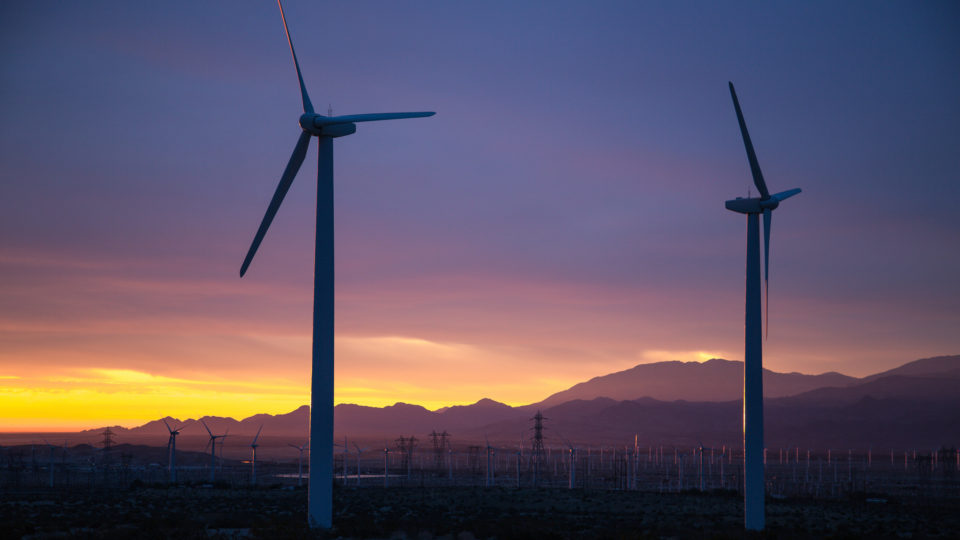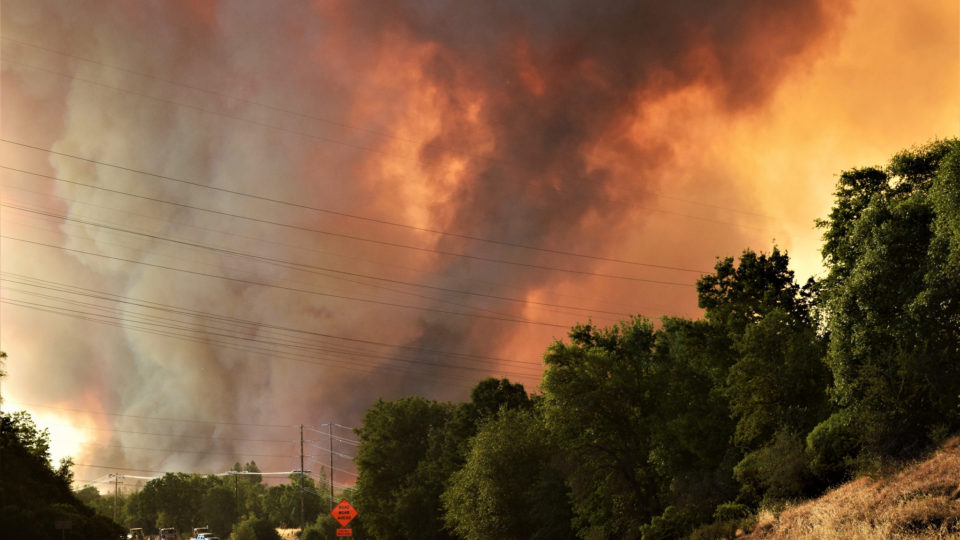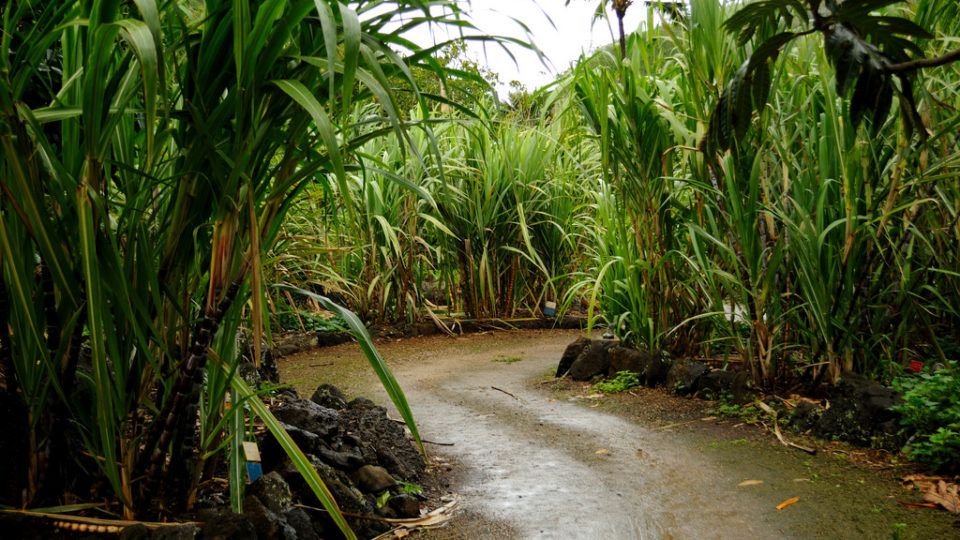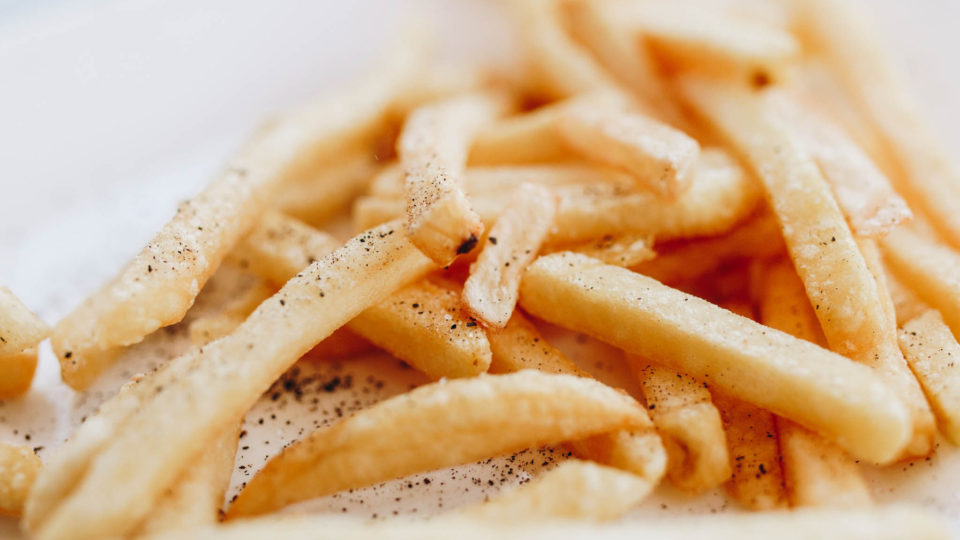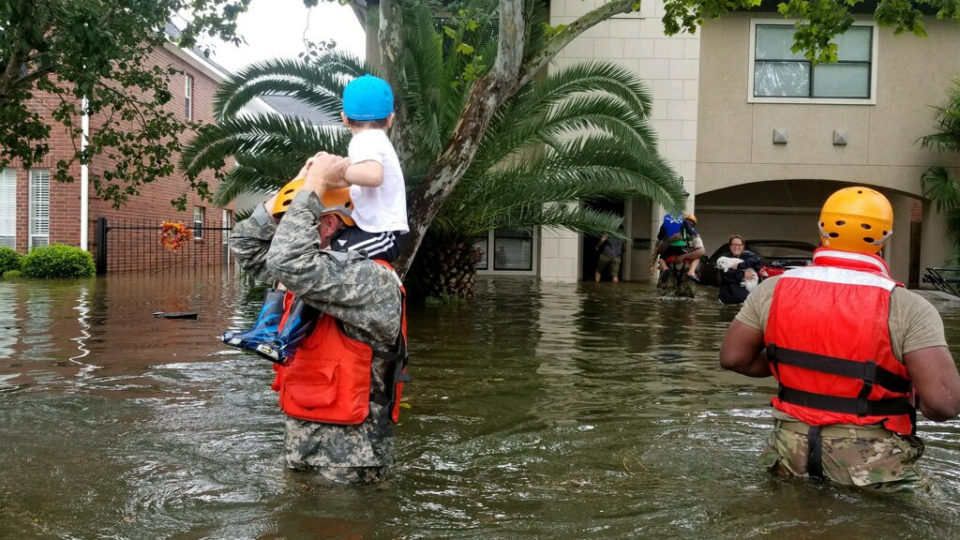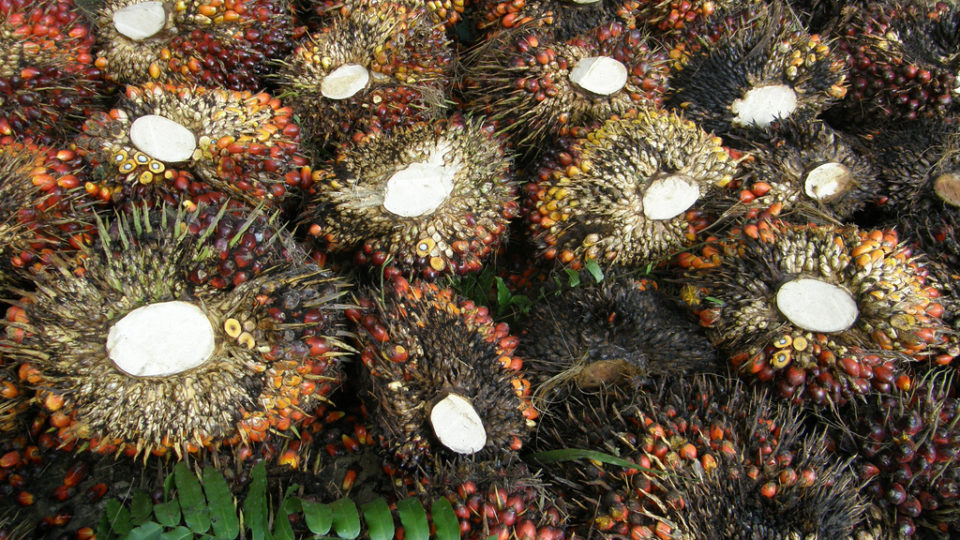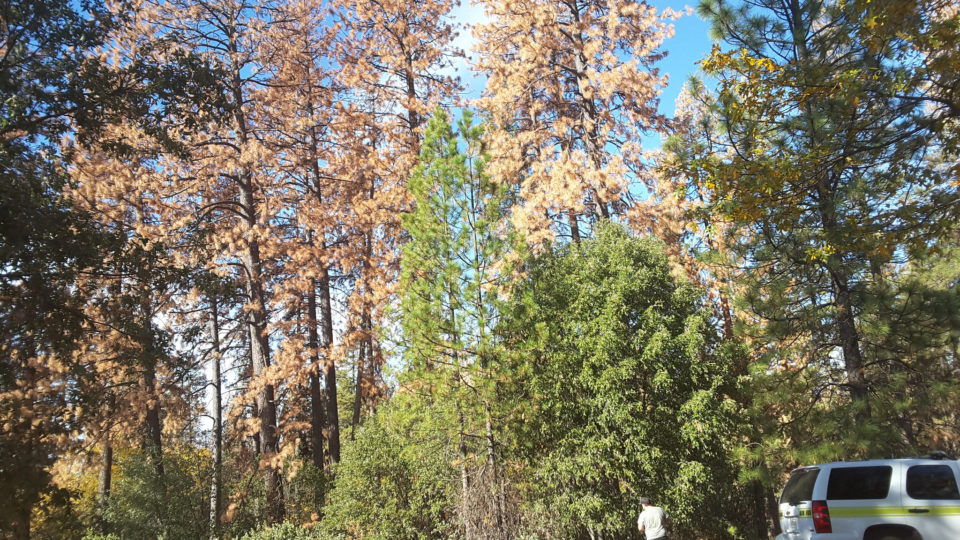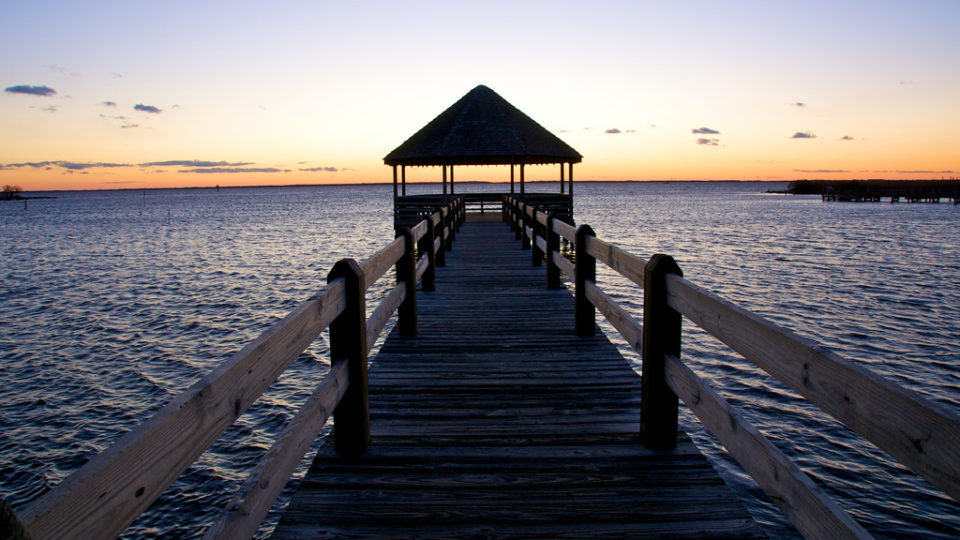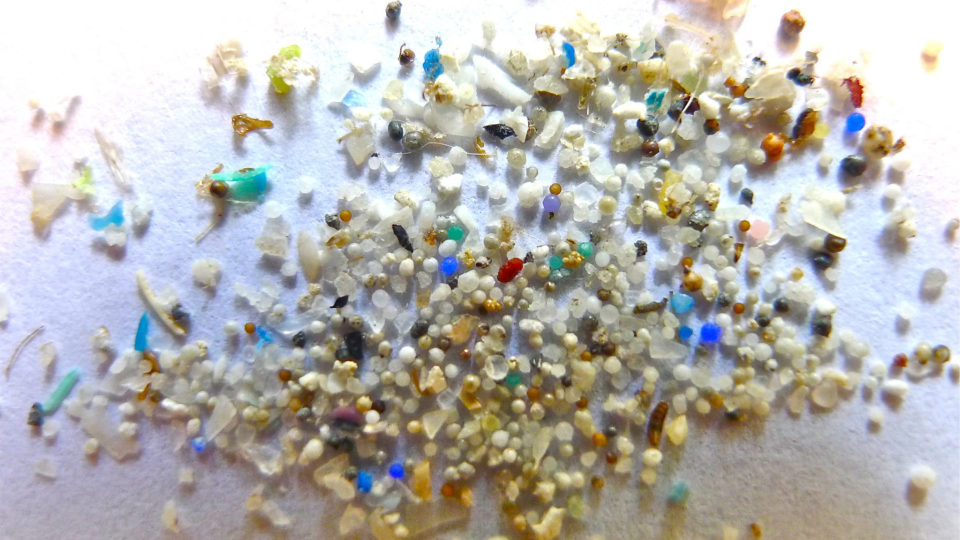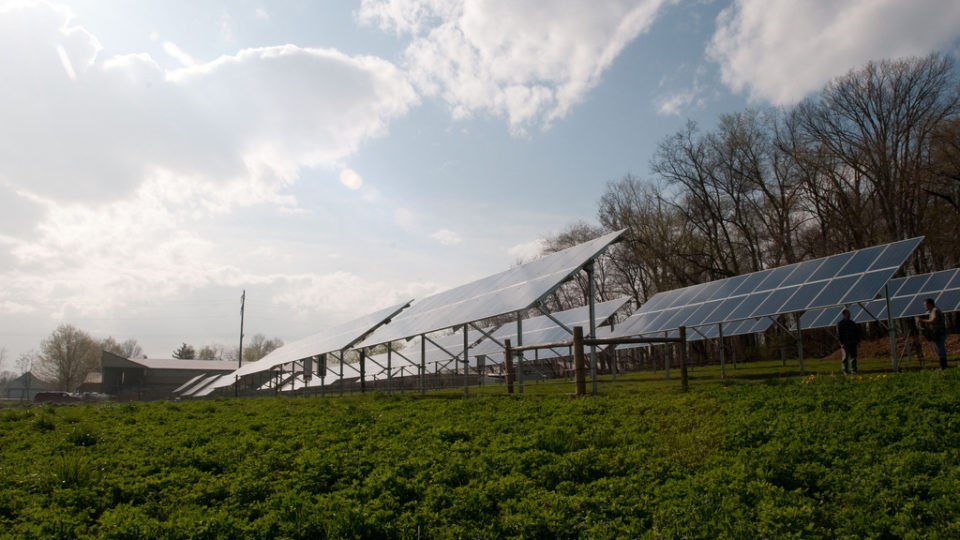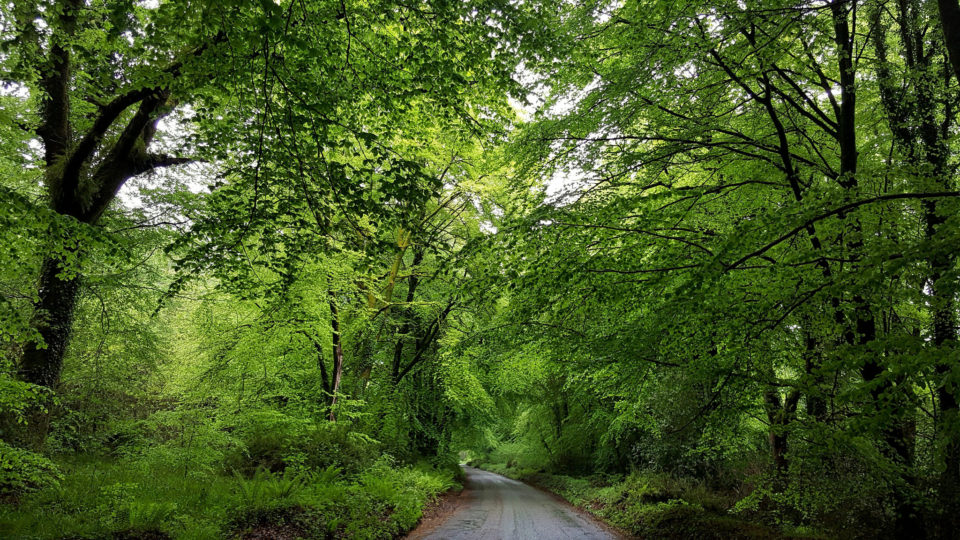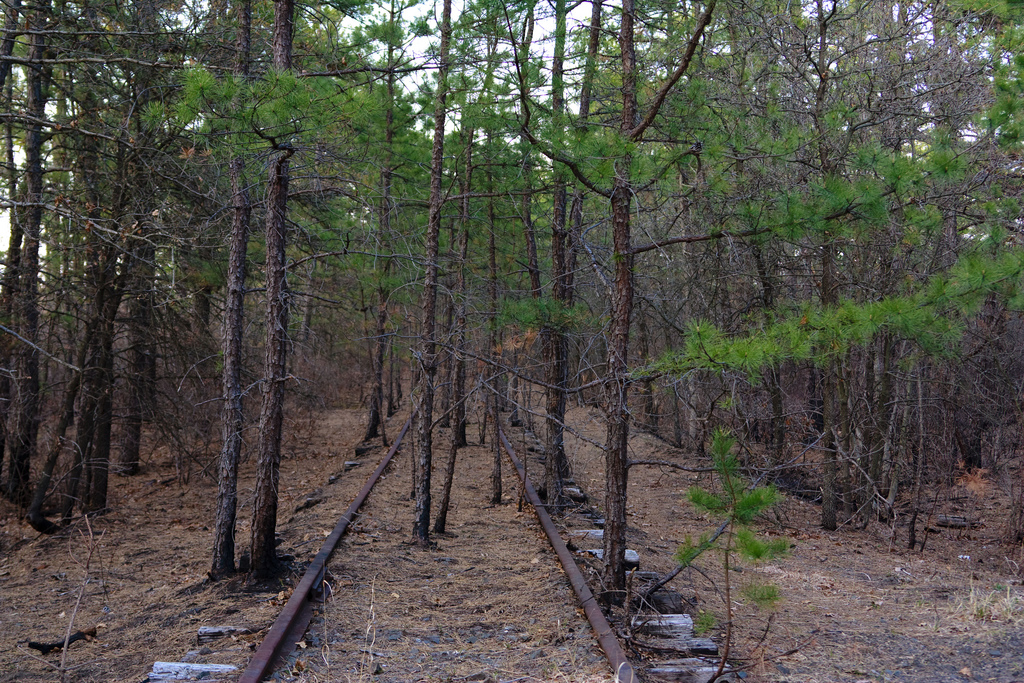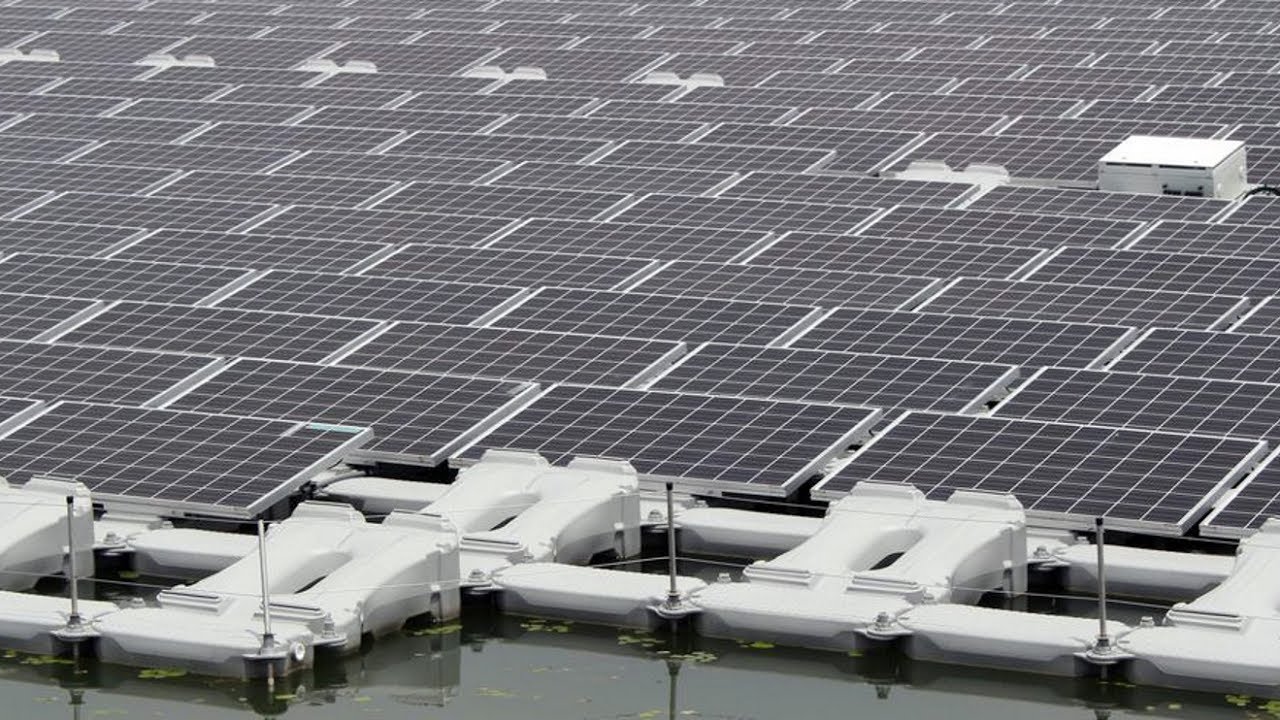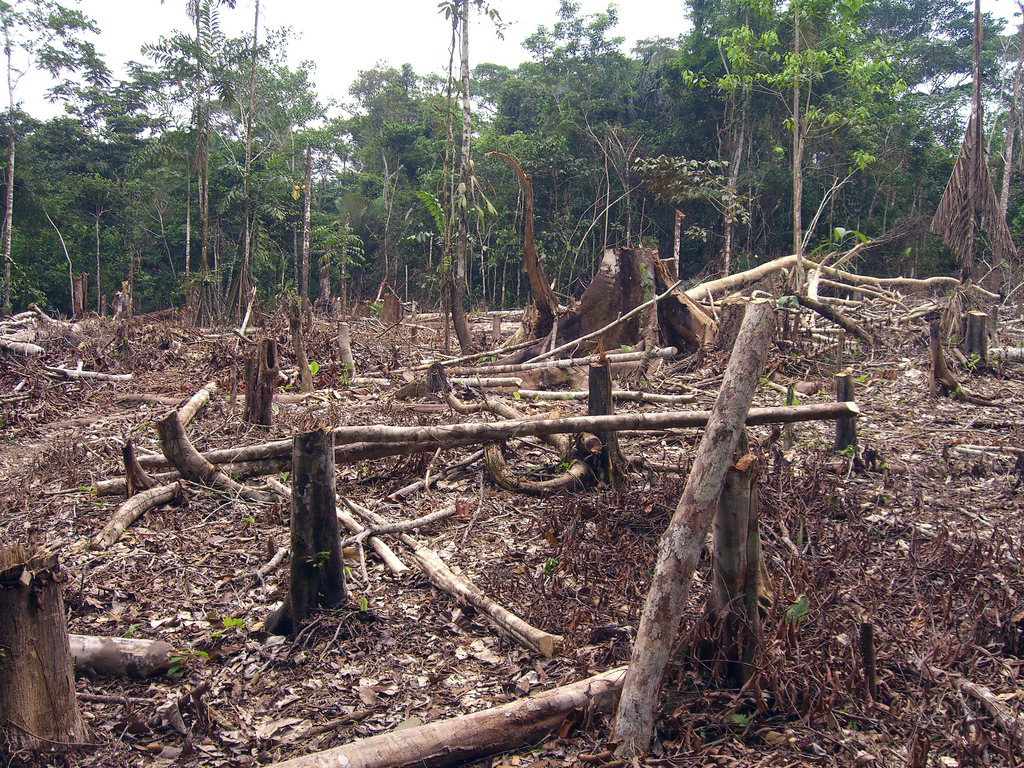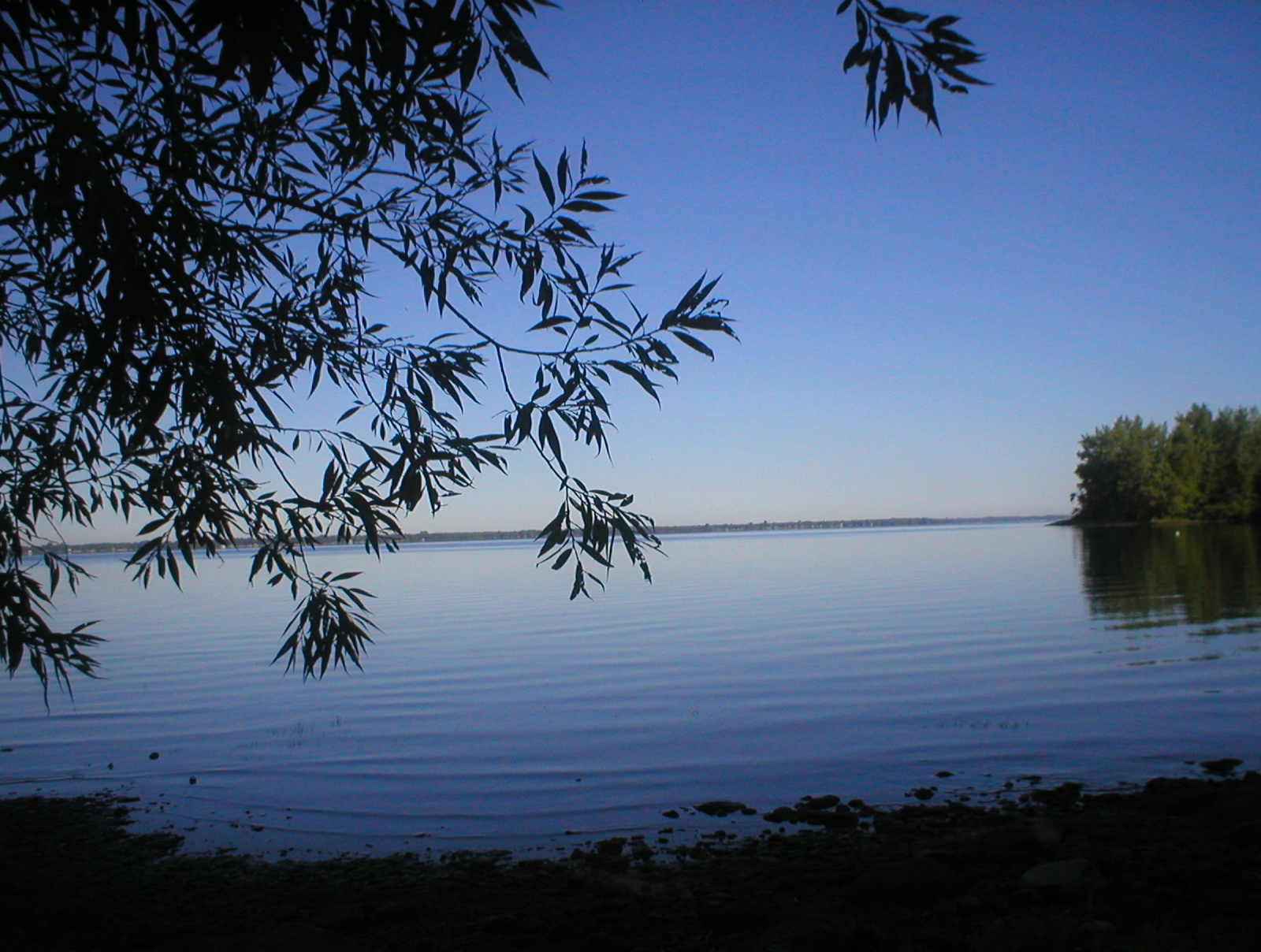land
Rapid Response To Climate Change More Important Than Ever
The Intergovernmental Panel on Climate Change has issued a new report emphasizing the importance of taking rapid action to limit global warming to 1.5 degrees Celsius and examining the consequences of allowing temperatures to rise 2 degrees instead.
[Read more…] about Rapid Response To Climate Change More Important Than Ever
Accelerating Sugarcane Growth
Brazil is the world’s second largest producer of ethanol fuel behind the United States. More than that, it has the first sustainable biofuel economy, which is based on sugarcane ethanol, not corn ethanol. It is sustainable because of Brazil’s advanced agri-industrial technology and its enormous amount of arable land. Furthermore, producing sugarcane ethanol is far more energy-efficient than corn ethanol. It actually makes energy sense to produce it.
Land And Diets
Most of us are likely familiar with the saying ‘you are what you eat.’ But what we eat – those food choices – can have a profound impact on the planet.
Hurricanes Are Slowing Down
According to a new study recently published in the scientific journal Nature, some hurricanes are moving slower and spending more time over land, which is leading to catastrophic rainfall and flooding. The speed at which hurricanes track along their paths – known as translational speed – can play a major role in a storm’s damage and devastation. 17
Deforestation-Free Palm Oil
Few of us cook with palm oil or have ever even seen the stuff. Nevertheless, 50% of all packaged grocery items – everything from ice cream and pizza to detergents and cosmetics – include it as an ingredient. The global market for palm oil was $65 billion in 2015, and that number was projected to grow by more than 7% each year through 2021.
Losing Forests Is Felt Far Away
Large areas of forests in our country are vulnerable to drought, fires and disease. When forests are heavily damaged, there are well-known local impacts: drier soils, stronger winds, increased erosion, loss of shade and loss of habitat.
Rising Seas On The East Coast
Global sea levels are rising by about a tenth of an inch per year, but in some places, the rise is faster… much faster. From 2011 to 2015, sea levels rose up to 5 inches – an inch per year – in some locales along the Eastern Seaboard. Places like Norfolk, Virginia and Miami are experiencing so-called sunny day flooding, something that had not been expected for decades according to climate projections. So, what is going on?
Microplastics In Soil
Many of us are well aware of the environmental challenge faced because of the proliferation of plastics. Since plastic does not decompose naturally, most of it remains in our environment. Only 12% has been incinerated and only 9% has been recycled. A great deal of plastic ends up in the ocean and other bodies of water. Much of it breaks down into small particles – microplastics – which are now ubiquitous in the oceans. There are also microplastics that started out that way in the form of little beads used in the cosmetics industry. Studies have found microplastics in the bodies of 73% of fish from the North Atlantic.
Farming In Solar Farms
Utility-scale solar installations have been expanding rapidly. The amount of land used for solar projects is becoming quite substantial. The National Renewable Energy Laboratory (NREL) predicts that 3 million acres will be devoted to solar farms by 2030, and 6 million by 2050. These numbers pale in comparison with the land used for corn, soybeans, and wheat, but are more than used for such familiar crops as oats, barley and rice.
The Restoration Economy
Deforestation is one of the largest contributors to climate change. Forests cover about 30% of the world’s land area and are a crucial sink for carbon dioxide. Over time, we have been steadily reducing the amount of forest in the world to obtain wood and timber, open up farmland, build towns and cities, produce paper, make palm oil, and mine for minerals.
Climate Change And Hurricanes
No single weather event can be attributed to climate change. Storms, floods and droughts have always happened and some of them have always been severe. However, two centuries of people burning fossil fuels has altered temperatures just enough that some of the storms we have seen in recent times have been much worse than they otherwise would have been.
Pine Barrens Threatened
Pine barrens occur throughout the northeastern U.S. from New Jersey to Maine. They are plant communities that occur on dry, acidic, infertile soils dominated by grasses, forbs, low shrubs, and small to medium-sized pines. The Pine Bush Preserve in Albany, New York is one of the larger inland pine barrens in the country.
The Largest Floating Solar Power Plant
The world’s largest floating solar power plant is now operational and connected to the electric grid in China. It is a 40-megawatt facility and floats in water 13 to 30 feet deep in a lake that was created by a former mining operation.
Dams And The Environment
There are an estimated 84,000 dams in the United States which impound 600,000 miles of river, or about 17% of the rivers in the country. Within the next 15 years, more than 90% of the world’s rivers will be fragmented by at least one dam.
Save The Turtles
New York is home to 11 native species of land turtles. Many of the species can’t breed until age 10 and then they lay just one small clutch of eggs each year by digging in a suitable patch of sandy soil. As a result, breeding females are at a premium for the welfare of the species. Overall, turtles are on decline in the Empire State.
Surging Wind Power In The U.S.
So far, it has been a big year for the U.S. wind industry, which experienced its fastest first-quarter growth since 2009. In total, about 2,000 megawatts of new capacity was installed, enough to power about 500,000 homes. With this addition, wind now produces 5 1/2% of the country’s electricity.
Deforestation in the Amazon Rainforest
The Amazon rainforest is the biggest in the world, larger than the next two biggest combined. It covers over 3 million square miles, roughly the size of the lower 48 states. For this reason, it functions as a critical sink for carbon in the atmosphere.
Solar Power From An Old Mine
For more than a century, a wide stretch of land north of Kimberley, British Columbia, was used for intensive industrial hard-rock mining. The site of Teck’s Sullivan Mine hosted a steel mill, a fertilizer plant and tailings ponds and was rendered treeless.
Terrestrial Plants and Lake Ecosystems
Most of the planet’s freshwater stores are found in the northern hemisphere, a region that is changing rapidly in response to human activity and shifting climate trends. A recent study analyzed 147 northern lakes and found that many rely on nutrients from tree leaves, pine needles, and other land-grown plants to feed aquatic life.
